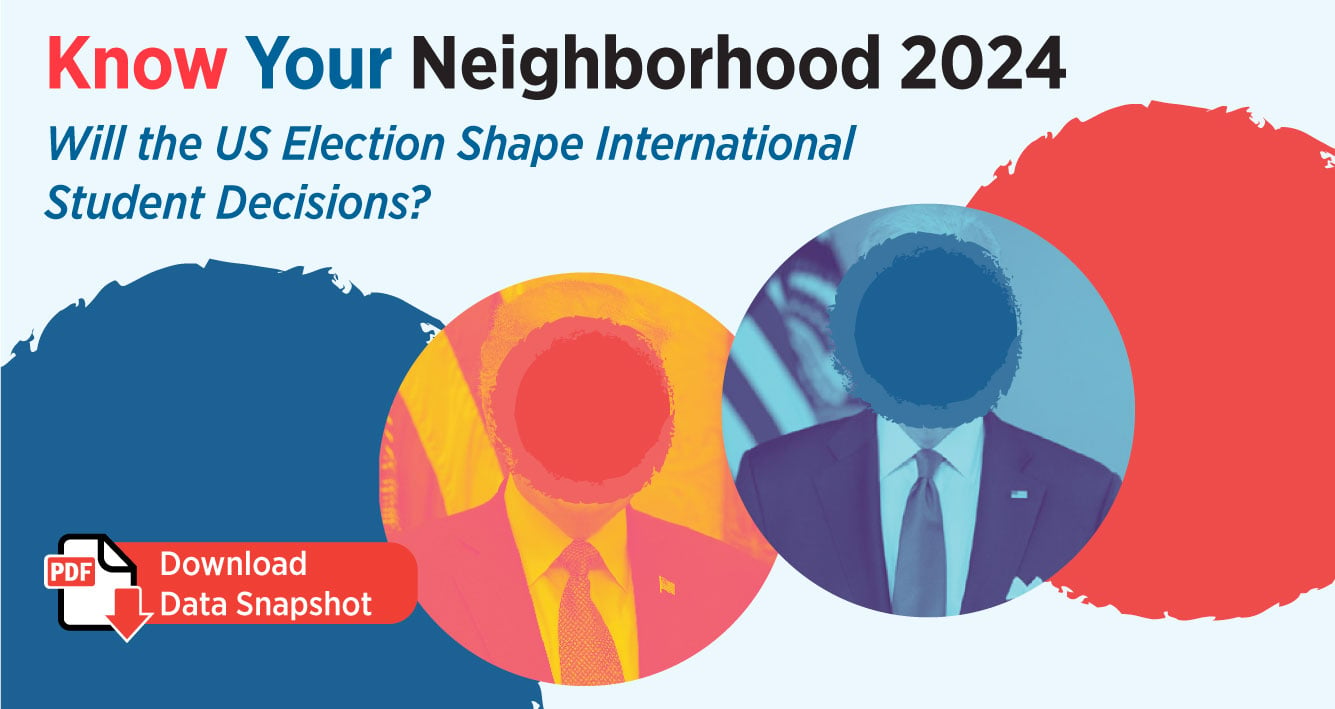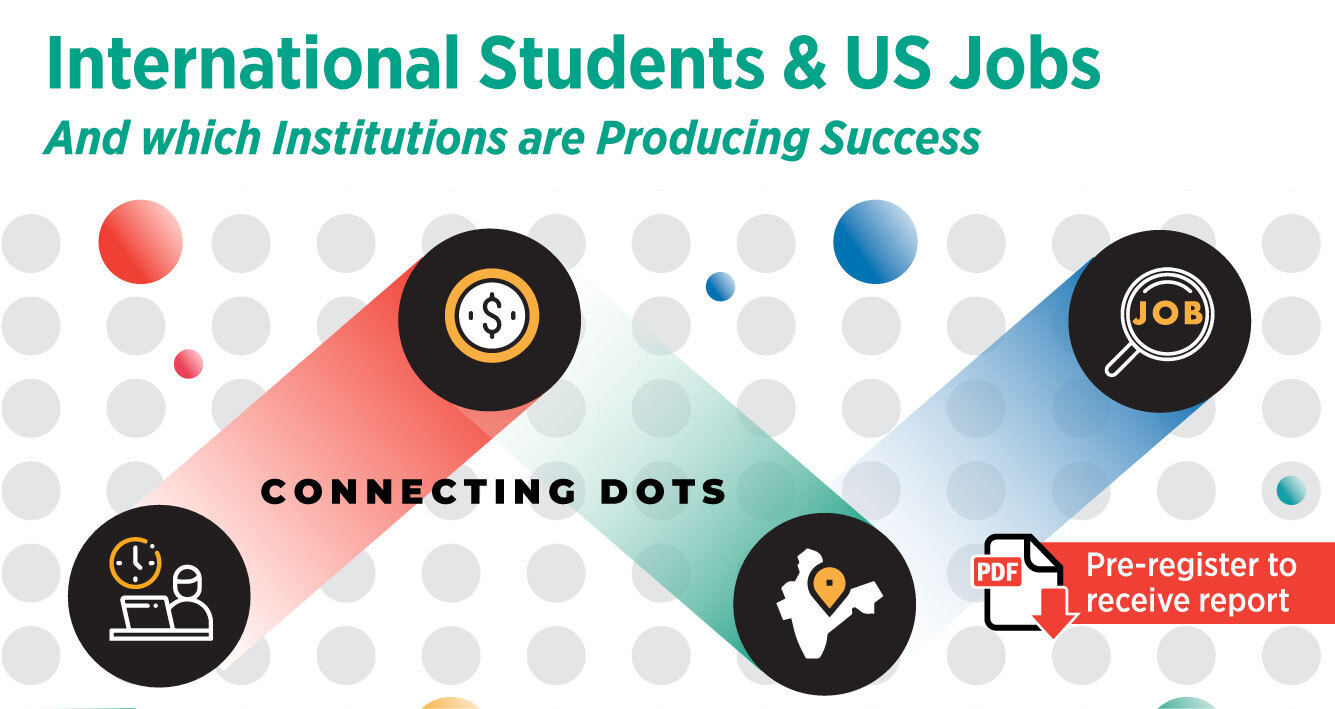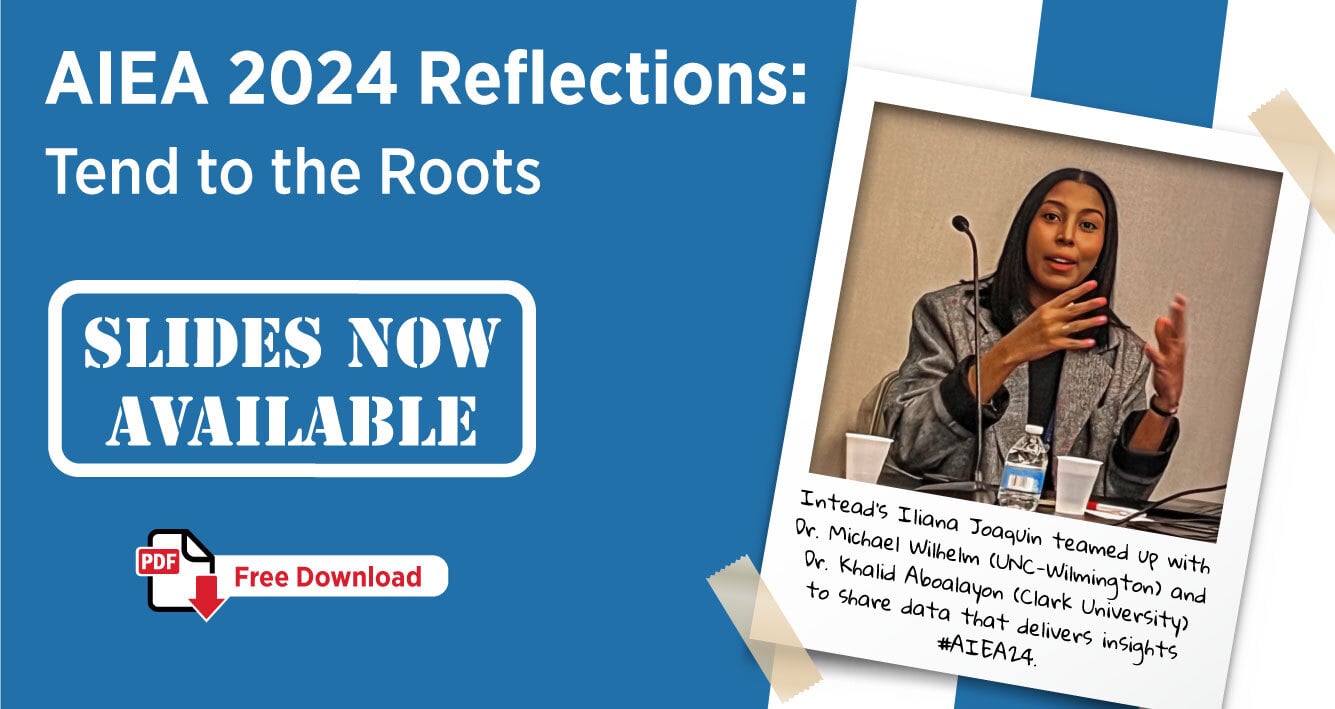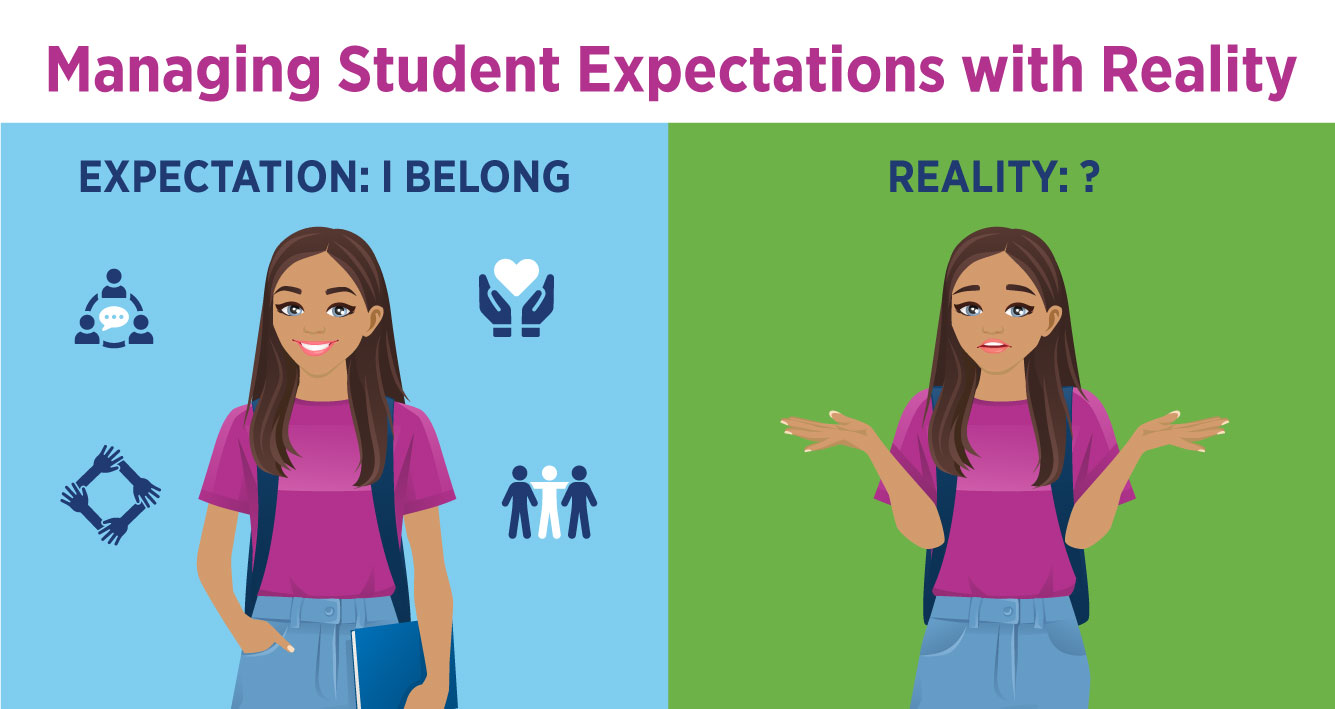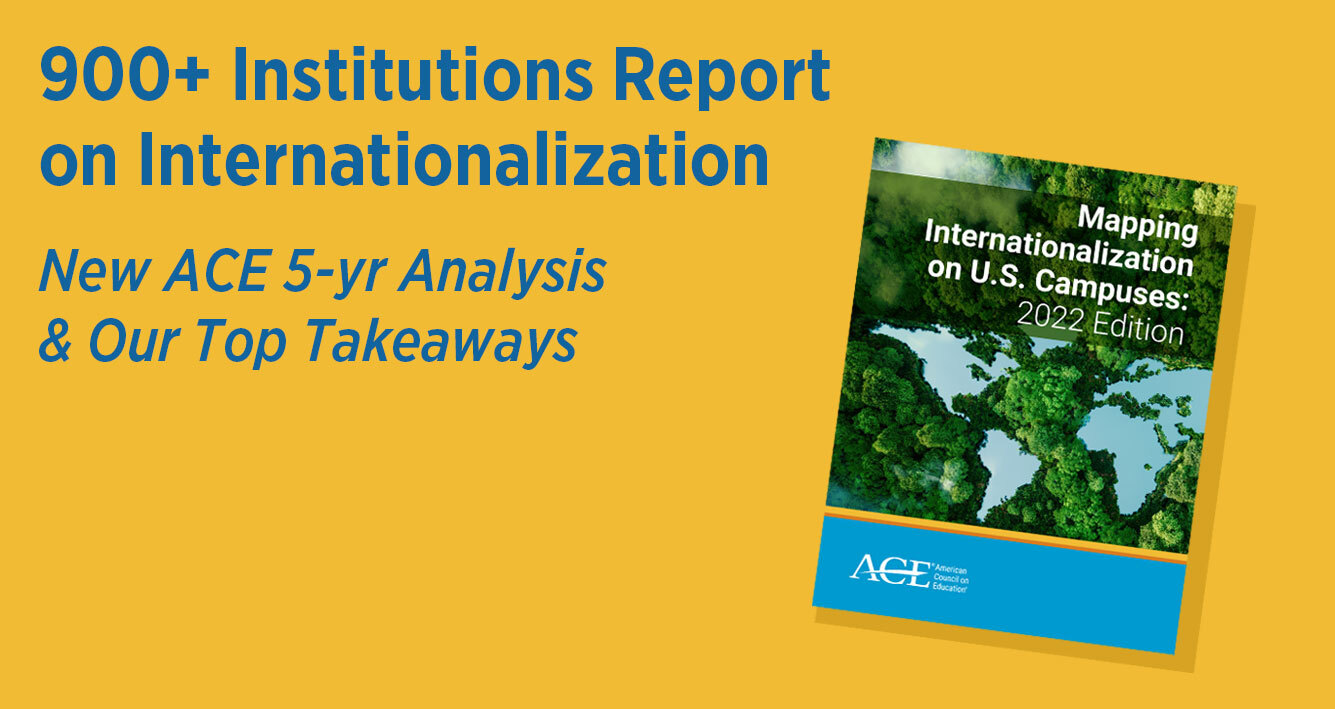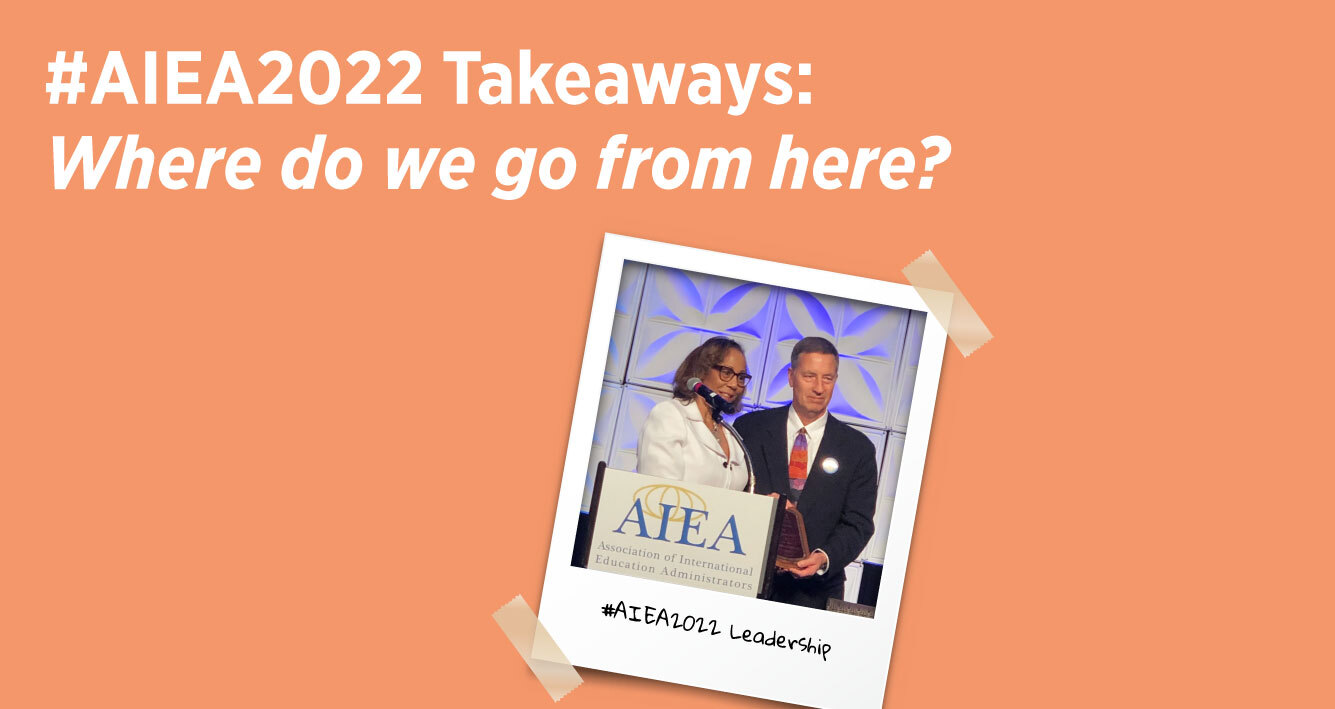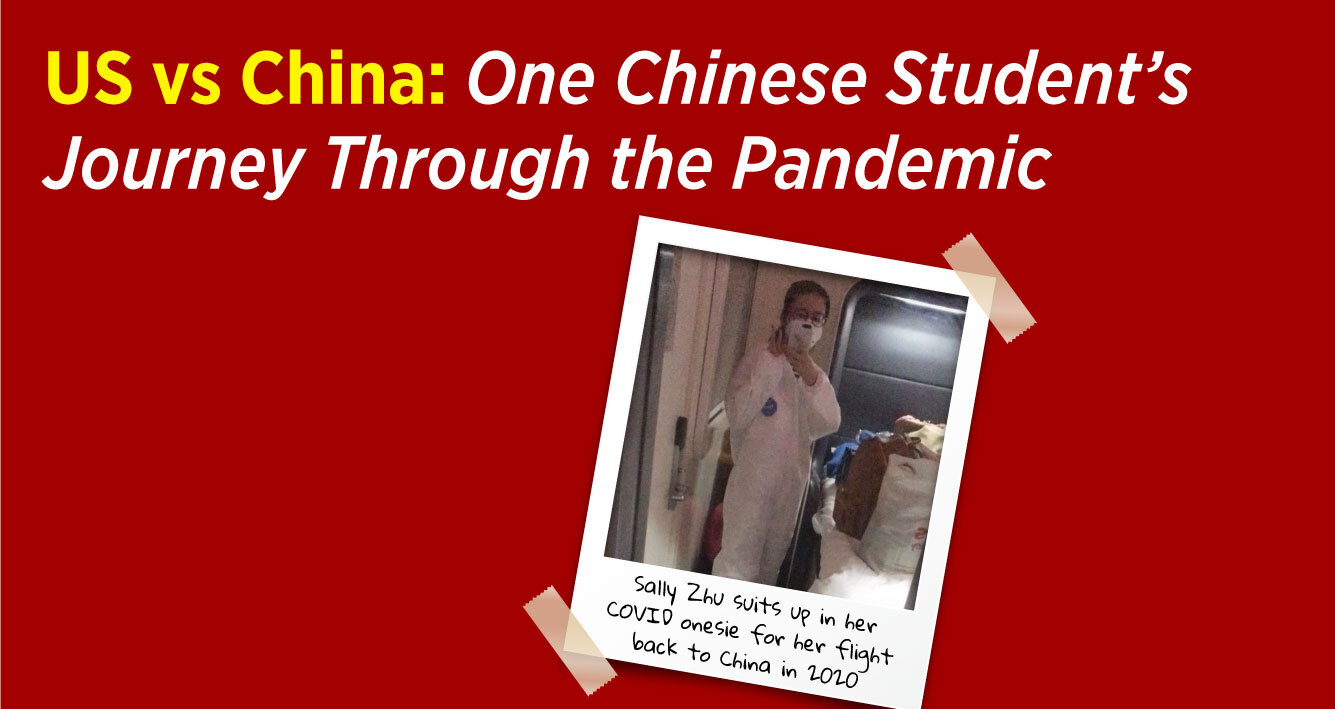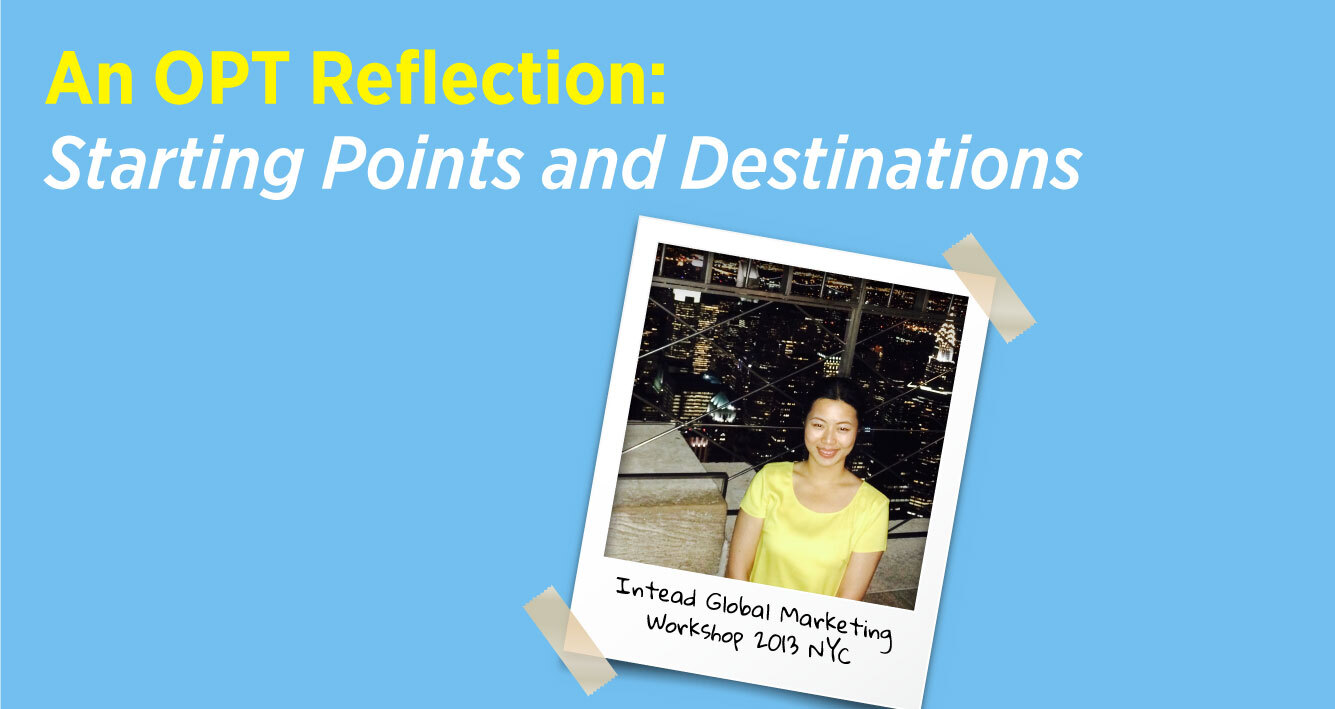Greetings from New Orleans!
NAFSA 2024 is well underway, and we are here for it. Literally. There are a ton of Intead team members in the Big Easy this year and we have a lot to talk about, not to mention all that we have to learn. Are you here, too? Let us know (info@intead.com). We’d love to connect!
If you’ve been following our posts, then you already know we’ve been waist deep in data for months. The result of which is three different reports that we think will help shape the way you approach international student recruitment. Actionable insights delivered.
One of our new outputs is a continuation of our popular Know Your Neighborhood (KYN) series. This time, a global survey done in conjunction with the global study choice platform Studyportals.
Let’s meet in New Orleans @ NAFSA 2024!
Join one of Intead’s two presentations:
- ChatGPT and AI: What are the real opportunities for enrollment management?
TODAY (Wed 5/29/2024) @ 1 p.m. NOCC Room 391
Featuring David L. Di Maria, Senior International Officer & Associate Vice Provost for International Education at UMBC, and Iliana Joaquin, Senior Digital Marketing Manager at Intead
- Groundbreaking Data: International Student Employment After Graduation
Thurs., May 30, 2024 @ 11:30 a.m. NOCC Room 398-399
Featuring Dr. Joanna Regulska, Vice Provost and Dean – Global Affairs, UC Davis and NAFSA Board Member with Ben Waxman, Intead CEO
Our newest KYN report is our first post-pandemic addition to the series. In it you will find an analysis of the influencing factors and desires of international education-seekers when choosing where and what to study. And this includes the influence of politics and political leadership on their decisions – a question mark for many of us as we move through this long (and painful?) US presidential election season. Does this matter to international students? You betchya!
The analysis is a thought-provoking comparison to our oft cited 2016 Know Your Neighborhood survey (Intead Plus members can access the full series here), which was conducted with FPP EDU media on the precipice of and in the wake of the 2016 US presidential election when Mr. Donald Trump was a first time Republican Presidential Nominee. Our report lays bare the undeniable shifts in the priorities of international education-seekers in the time since, including their current perspective on choosing to study in the US based on the winner of the 2024 US presidential election (Mr. Donald Trump versus Mr. Joe Biden).
Were our findings surprising? You be the judge:
- 30% of the international student respondents are more likely to want to study in the US if Mr. Trump wins, compared to just 14% who said so in the lead up to the 2016 election.
- 28% are less likely to want to study in the US if Mr. Trump wins, compared to 54% who said so in 2016.
- 42% said it didn’t make a difference, compared to 32% in 2016.
Interesting. And we haven’t even gotten to the qualitative insights that really illuminate international student sentiment. We will have that ready for you soon.
Until then we are offering our blog readers key findings from the Know Your Neighborhood 2024 survey via a downloadable infographic that will give you a lot to think about. It will certainly give you something to talk about. In fact, we can’t think of a better conversation starter for those mingling about at NAFSA this week. Give it a try! Read on…
Read More
